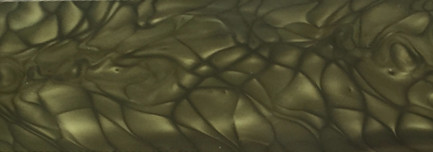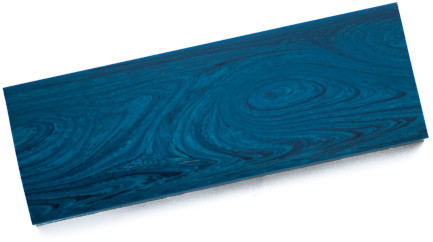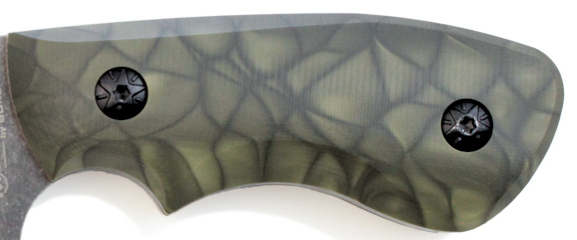Juma is no ordinary material. It shimmers like mother-of-pearl, radiates like a gemstone, and feels warm and silky to the touch. Originally developed for knives and jewelry, this German high-tech composite has now found its way into the world of fine writing instruments. Harder than ebonite, softer than acrylic – and with a unique depth that makes every fountain pen a true one-of-a-kind.
Origin & History
Juma is no ordinary material. It shimmers like mother-of-pearl, glows like a gemstone, and feels warm and silky to the touch. Originally developed for knives and jewelry, this German high-tech composite has long since found its way into the world of fine writing instruments. Harder than ebonite, softer than acrylic – and with a unique depth that makes every fountain pen a true one-of-a-kind piece.
Juma was invented in Germany as a premium composite material. It first emerged in the knife and jewelry industry, where artisans were searching for something as elegant as ivory or nacre, yet more durable and sustainable. Today, Juma is used in many other luxury fields – from instrument making to jewelry design, and of course in bespoke fountain pens.
Material & Structure
Technically, Juma is a thermoplastic enriched with fine mineral fillers. This unique composition gives the material its unmistakable depth: depending on the angle of light, it reveals effects reminiscent of gemstones or seashells. Unlike acrylic, Juma never looks “plasticky-glassy” but instead has a warm, organic feel.
Especially fascinating are its design variations. Beyond classics such as Dragon Scale, Elforyn/Ivory or Marble/Gemstone, there are also series like Juma Carbon, Ivory Snake or the Military Look. Every blank is a true one-off – no two pieces are ever identical.
Working Properties
For makers and craftsmen, Juma is an exciting material that combines the best of different worlds:
- Machining: Cuts cleaner and more defined than ebonite without the rubbery smear, yet less brittle than acrylic – reducing the risk of chipping.
- Polishing: The real artistry lies in the finish. With patience and fine abrasives, Juma develops a glassy, pearlescent depth. Under a loupe, it reveals a fascinating play of light and structure.
- Durability: Dimensionally stable, colorfast, and UV-resistant. Unlike ebonite, it does not oxidize or discolor and remains elegant for years.
- Chemical resistance: Withstands most household substances such as cleaners, oils, greases, and weak to medium acids and bases.
- Low water absorption: Hydrolysis-resistant.
- Thermoformable: Can be reshaped in hot water – rarely needed in practice, but demonstrates versatility.
- Surface finish: Accepts both matte and high-gloss finishes, depending on the process.
- Haptics: Once finished, it feels warm and silky – more like polished horn or stone than synthetic plastic.
Juma in Fountain Pen Making
For fountain pens, Juma is an ideal choice:
- Its cigar shapes highlight the flowing patterns beautifully.
- Caps, barrels, and even sections can be turned from Juma, each pen becoming a true unique specimen.
- The big advantage: Unlike Urushi lacquer projects, which take weeks or months, Juma only requires precise turning and diligent polishing to become a finished luxury piece in your hand.
Applications Beyond Pens
Juma’s versatility makes it highly valued in many areas of fine craftsmanship:
- Knife making – handles and inlays
- Pipe making – stems and decorative rings
- Jewelry design – individual pieces and inlays
- Musical instruments – mouthpieces, rings, piano keys, guitar bridges
- Restoration – furniture, artworks, intarsia
- Billiard cues – ferrules and decorative elements
- Eyewear – exclusive frames
This broad use underscores its prestige: a material equally appreciated in luxury crafts and collectible objects.
Care
Juma is virtually maintenance-free. Dust and fingerprints can be removed with a soft cloth. For additional shine, a thin layer of hard wax (e.g., Carnauba) can be buffed in. Avoid aggressive solvents.
Conclusion
Juma is not a mass-market plastic, but a luxury material for handcrafted pieces. It combines the beauty of natural materials with the resilience of modern composites. For fountain pens, this means a material that not only looks brilliant but also feels perfect in the hand – transforming craft into a collector’s object.
Sources
Bilder



